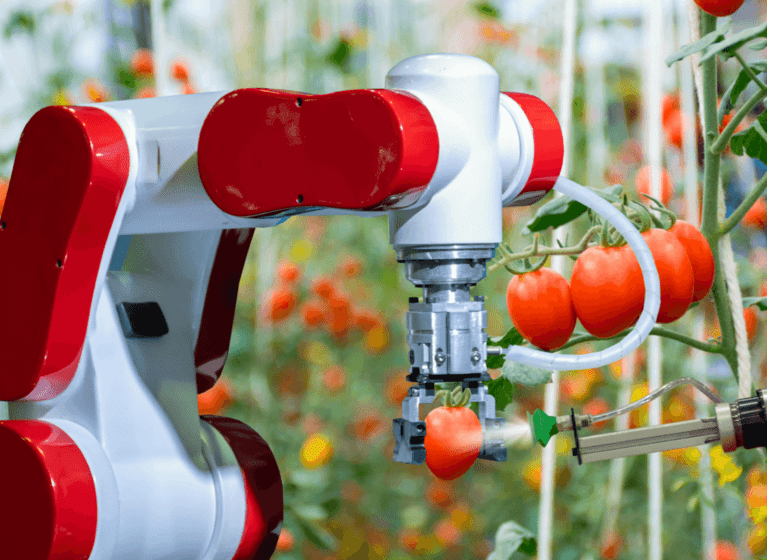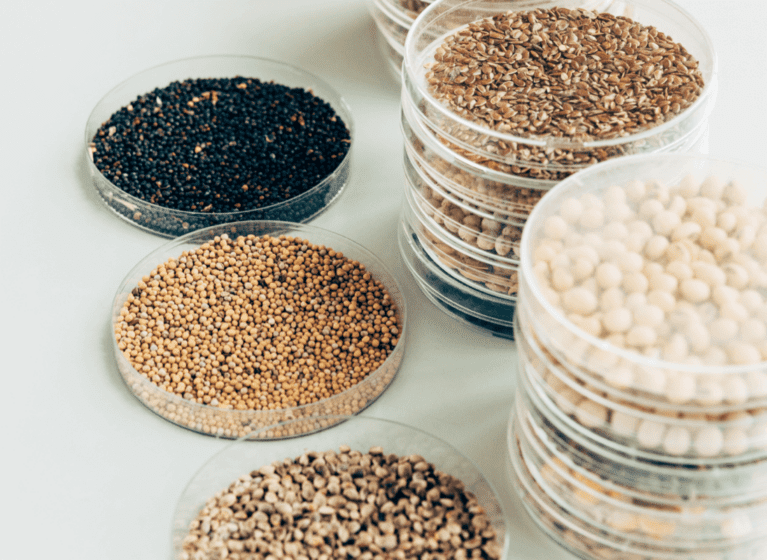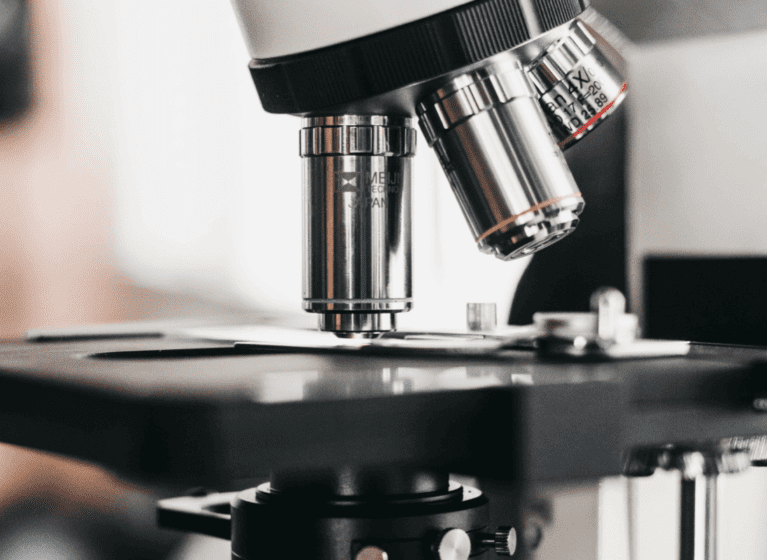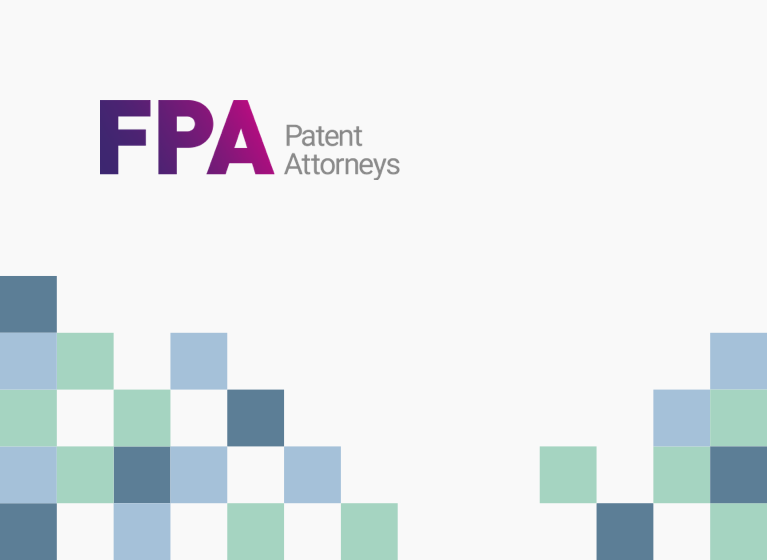2016 saw the Australian legal system deal with the questions that ranged from defining a human being to defining an inventor. 2017 proved to be just as interesting, and just as informative for patentees and applicants as to the “dos and don’ts” in respect of the prosecution and enforcement of their Australian patents and applications. Especially for those in the biotech and pharma space as the following decisions illustrate.
Don’t overlook the inclusion of Swiss-style claims in your AU patent application
Apotex Pty Ltd v Warner-Lambert Company LLC (No 3) [2017] FCA 94
Australian courts had already confirmed that Swiss-style claims have different scope than method of medical treatment claims. And now the humble Swiss-style claim has another string to its bow.
In the above Federal Court decision, it was held that for method of medical treatment claims, an offer to sell a product referred to in those method claims cannot be an infringement as infringement requires the actual method of treatment to be performed. But the court granted an injunction against a competitor on the basis that it was an infringement of a Swiss-style claim to offer to supply a pharmaceutical product that results from the use of a method of manufacture the subject of the granted Swiss-style claims.
As discussed in more detail here, this decision clearly highlights a benefit of the granted Swiss-style claims that is not afforded by the granted method of medical treatment claims. And directly follows on from the decision late in 2016 (Apotex Pty Ltd v Warner-Lambert Company LLC (No 2) [2016] FCA 1238) that there is no implied territorial limitation to the definition of ‘exploit’ in the Australian Patents Act, such that the method or process used to produce the imported product does not have to have been conducted in Australia.
But watch this space in 2018 as the decision was appealed.
Australian court gives competitors the green light to take one more step to ‘prepare’ to launch
Apotex Pty Ltd v Warner-Lambert Company LLC (No 3) [2017] FCA 94 and Warner-Lambert Company LLC v Apotex Pty Limited [2017] FCAFC 58
Assuming a competitor’s product does not result from the use of a method of manufacture the subject of a granted Swiss-style claim, the Court in that very same decision paved the way for the competitor to lodge an application for PBS listing without fear of reprisal from the originator.
The Pharmaceutical Benefits Scheme (PBS) is the Australian program that provides subsidised prescription drugs. When faced with the question of whether an application by a competitor for listing of their pharmaceutical product on the PBS constitutes an act of patent infringement, the Court deemed it did not. Rather, the Court held that applying for PBS listing is a mere preparatory step to enable the exploitation of the invention at a later point in time. And this decision was upheld on appeal.
The proceedings between Apotex and Warner- Lambert Company have given rise to a number of decisions in late 2016 and early 2017, each one serving to keep both innovator and competitor pharmaceutical companies on their toes.
Entitlement: something to chew on
Merial, Inc. v Intervet International B.V. (No 3) [2017] FCA 21
Following an unsuccessful opposition to the grant of Intervet’s patent before the patent office, Merial appealed the decision to the Federal Court and raised a new ground of invalidity – lack of entitlement – a lesser utilised ground since the new Australian patent law in 2013 because a provision was added to the new Act which enabled patentees to correct entitlement whereas they previously could not. Despite this, this ground proved to be a winner for Merial.
The applicant, Intervet, engaged Pharma Chemie to develop a ‘soft chew’ for horses and dogs containing an active ingredient. While the Pharma Chemie inventor was listed, Pharma Chemie was not a co-applicant as Intervet contended that there was a written agreement providing for the assignment of rights from Pharma Chemie to Intervet in any invention that resulted. Intervet however could not produce the document to support its assertion. So while there is the ability to correct/alter entitlement, patentees must still be able to provide the relevant supporting documentation in order to do so.
The court also rejected Intervet’s assertion that a term was to be implied under the US “hired to invent” doctrine, namely because the court determined that Pharma Chemie was not engaged by Intervet to develop a soft chew dosage form – it was engaged to incorporate Intervet’s active ingredients into a formulation, using the soft chew technology that Pharma Chemie had developed (and patented).
Looking beyond the legal learnings of this decision to practical matters more generally, it is a challenge faced by larger organisations to keep abreast of what collaborations and engagements are being entered into by their employees and to ensure they are doing so in accordance with the best interests of the employer, especially when such agreements involve IP. And taking into account entitlement requirements more broadly around the world, such matters need to be resolved before the filing of the PCT application.
Landmark damages decision for pharmaceutical patent infringement
Bayer Pharma Aktiengesellschaft v Generic Health Pty Ltd [2017] FCA 250
2017 kicked off with the highly anticipated decision of the Federal Court of Australia in respect of damages awarded to an innovator pharmaceutical company in a patent infringement claim against a generic pharmaceutical company. The 104 page decision sets out in detail what is being heralded as a benchmark for calculating Australian damages awards in pharmaceutical infringement proceedings.
Bayer was initially awarded more than AUD25 million (around USD20 million) in damages based on an assessment of its lost profits. Once interest was added to that, it came to the hefty total of AUD31,361,701. And accruing at AUD5300 per day. And neither of those amounts include costs (see next).
Bayer has had a long running case with Generic Health over patent infringement for its Yasmin and YAZ oral contraceptives, following the launch of the generic product “Isabelle” by Generic Health in 2012. Bayer also marketed its own generic product under the name “Petibelle”. The Court held that every sale of Isabelle and Petibelle was a lost sale of Yasmin. The basis for this finding was that when Isabelle entered the market, it did so on the basis that it was bioequivalent to Yasmin. But on the evidence presented by Bayer, doctors did not prescribe by reference to the brand “Isabelle”. Doctors continued to prescribe Yasmin. Accordingly, a woman could obtain Isabelle only if she held a prescription for Yasmin.
In respect of the sales of Bayer’s own generic product Petibelle, the Court accepted that those sales represented a loss of a sale of Yasmin on the basis that were it not for the sale of Isabelle, Bayer would not have had to introduce its own generic.
Added insult to injury for Generic Health
Bayer Pharma Aktiengesellschaft v Generic Health Pty Ltd [2017] FCA 428
Just when Generic Health thought things couldn’t get any worse, the court ordered that Bayer was entitled to recover its costs of the damages aspect of the proceedings on the higher “indemnity” scale rather than the usual “party-party” scale.
This order was made because Generic Health failed to accept Bayer’s earlier offer to compromise and settle the proceedings. Under the Federal Court Rules 2011 (Cth), a party who does not accept such an offer and obtains a judgment on less favourable terms must pay the other party’s costs on an indemnity basis. Bayer is therefore entitled to recover all actual costs reasonably incurred after the expiry of its offer to compromise – which in this instance was about 19 months.
In stark contrast, the party-party scale typically only results in a costs award of around 50-75% of actual costs.
This decision brings to the forefront the importance of giving due consideration to any such offers during contentious proceedings.
Simply ‘not’ the best method
Kineta, Inc. [2017] APO 45 and Sandvik Intellectual Property AB v Quarry Mining & Construction Equipment Pty Ltd [2017] FCAFC 138
Like the US, Australia has a ‘best method’ requirement. In 2016 we brought you an update on what was, at the time, a rare decision on Australia’s ‘best method’ requirement. Since then, this ground of invalidity has added the scalps of a patent directed to an extension drilling system for use in drilling bores (Sandvik), and an application directed to compounds for treating viral infections (Kineta).
Sandvik’s specification at the time of filing failed to disclose technical drawings which described an improved sealing arrangement for use with the drilling system. And as a result of evidence this sealing aspect was ‘a real issue which needed to be overcome’, the primary judge found – and the appellant court agreed – that the best method involved the use of a specific type of water seal which was not disclosed in the specification at filing.
Kineta’s application described new chemical compounds with antiviral activity. While the Patent Office conceded that the invention lay in the compounds, it was deemed that “In order for the public to have the full benefit of the invention they must be able to prepare the compounds and then use them for their beneficial properties”. As the patent applicant had contracted the work of preparing the compounds to a commercial supplier, and did not know how they were made, that information was not included in the specification. And the Patent Office was not convinced that the skilled person could do so merely from information in the specification in the light of the common general knowledge.
The solution for Kineta? To have informed the skilled person that the compounds could be purchased from the contractor.
An auspicious end to a suspicious requirement
Pfizer Ireland Pharmaceuticals v Samsung Bioepis AU Pty Ltd [2017] FCA 285 (21 March 2017) and Pfizer Ireland Pharmaceuticals v Samsung Bioepis AU Pty Ltd [2017] FCAFC 193
In the first instance decision, the Federal Court of Australia rejected an application by Pfizer for preliminary discovery of documents relevant to determining whether a registered biosimilar product might infringe one or more patents claiming manufacturing processes. The biological medicine in question was Pfizer’s etanercept – the active ingredient in ENBREL, and the active ingredient in Samsung Bioepis Co Ltd Korea and Samsung Bioepis AU Pty Ltd (Samsung) product BRENZYS. But on appeal before the Full Federal Court, the appeal was allowed and Pfizer have now been granted preliminary discovery.
At first, Pfizer was unable to convince the court that their suspicion of patent infringement rose to the requisite level of ‘belief’. The main argument relied on by Pfizer was that because BRENZYS is a biosimilar of ENBREL, and the close similarity of the two glycosylation profiles of ENBREL and BRENZYS it must have been made using their patented methods. But biosimilarity was argued by Samsung to tell one nothing about the particular process of manufacture.
But on appeal, the Full Court returned to the wording of the relevant provision and the analysis involved in assessing the reasonableness of the belief that there is a right to obtain relief. That provision “is not about giving preliminary discovery to those who believe they do have a case. Its wording unequivocally shows that it is about those who do not know that they have a case but believe that they may. In terms, it authorises what traditionally have been referred to as fishing expeditions; that is to say, evidentiary adventures in which the goal is not to find proof of a case already known to exist, but instead to ascertain whether a case exists at all”.
Pfizer was also criticised by the Court for failing to provide information that confirmed their own process was in accordance with their patents. But the Full Court concluded that “Pfizer was not required to prove the fact that the process by which it made its own ENBREL etanercept product involved the use of the three patents. What it needed to prove was that Mr Silvestri’s belief that Pfizer might have a right to obtain relief from Samsung for patent infringement was a reasonable one”.
Rather than representing the end of the matter, this appeal decision is just the beginning, as the matter has been remitted to the primary judge for determination of the final form of the discovery application.
Swiss-style claims as a basis for a PTE: no, yes, no.
Commissioner of Patents v AbbVie Biotechnology Ltd [2017] FCAFC 129
The door opened by the AAT for Swiss-style claims to be the basis of a patent term extension has been slammed shut by the Full Federal Court.
The provision at issue was s70(2)(b): The term of a patent can be extended provided that… (b) one or more pharmaceutical substances when produced by a process that involves the use of recombinant DNA technology, must in substance be disclosed in the complete specification of the patent and in substance fall within the scope of the claimor claims of that specification.
In an appeal from the initial refusal of the extension request by the Patent Office, the Administrative Appeals Tribunal (AAT) arrived at an interpretation of the relevant section of the Act that it was enough if one of the features of the claim was the preparation of a pharmaceutical product using recombinant DNA technology and found that a request for patent term extension is not disqualified because the relevant claims are in the Swiss-style claim. But the Full Federal Court disagreed, noting that the AAT had erred in considering that production of the pharmaceutical substance by a process involving recombinant DNA technology was enough to invoke operation of the relevant provision with regard to PTE. According to the Full Court the Tribunal had “overlooked the requirement in s70(2)(b) that, even though produced by a process involving recombinant DNA technology, the pharmaceutical substance must also, in substance, fall within the scope of the claim or claims of the specification in suit. Properly construed, this means that it is the pharmaceutical substance that must be the subject matter of the claim or claims, not methods or processes (beyond recombinant DNA technology) concerning or involving the pharmaceutical substance”.
As discussed in more detail here, the decision of the AAT had the potential to significantly extend the number of patents for which a patent term extension was available. But the Full Federal Court has returned the status quo of patent term extensions in Australia. It has however opened up the debate on how Swiss-style claims are construed, as discussed here.
A plausible and undue outcome: sufficiency
Evolva SA [2017] APO 57
With our new law in 2013 came a change in what was deemed to be a sufficient disclosure of the invention. Whereas once the disclosure only needed to enable the addressee to produce something within each claim without new inventions or prolonged study, the new law intended to align AU with those in the UK and Europe, such that the skilled person must now be able to perform the invention across the full scope of the claims without undue burden or the need for further invention.
Evolva SA were seeking claims to a method of producing a sweetener using one of 5 enzymes “having at least 90% sequence identity” to a defined sequence. The examiner objected to the scope of the claims on the basis that the specification did not provide a ‘principle of general application’ that would enable the invention over its entire scope. FPA successfully overturned this objection at a hearing.
In the absence of any Australian judicial consideration of the new sufficiency ground, the Hearing Officer adopted the two step approach taken in the UK and Europe and considered whether, based on the facts presented in this case: 1) Is it plausible that the invention will work across the full scope?; and 2) Does doing so require an undue burden? In this instance the hearing officer found in favour of the applicant for both questions on the basis of the guidance in the specification regarding making and testing polypeptides that would fall within the scope of the claim, as well as the functional requirement that the polypeptide be able to catalyse the synthesis of mogrosides.
While this decision was based on the facts, it confirmed that there may be basis to secure claims broader than the exemplified invention, and gives applicants a very important insight in to what is required to be described in the specification in order to do so.





















